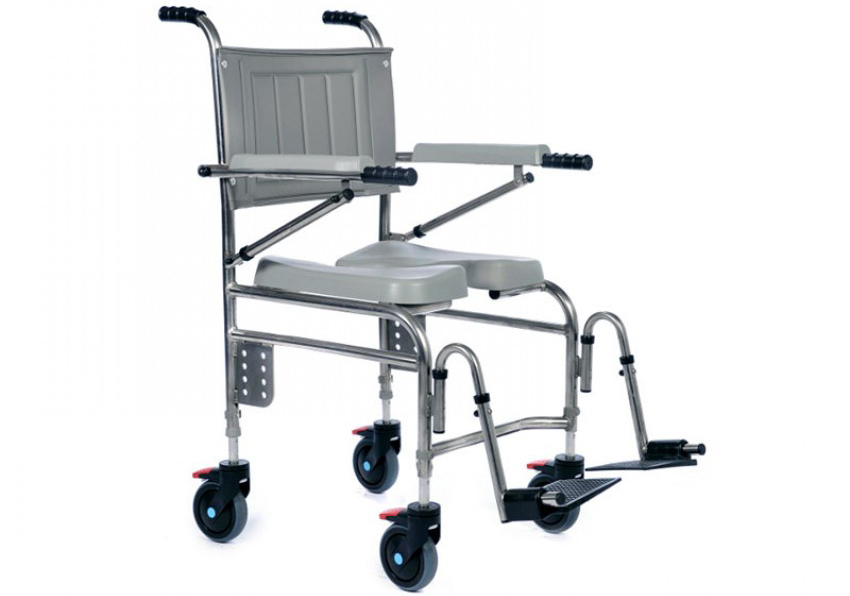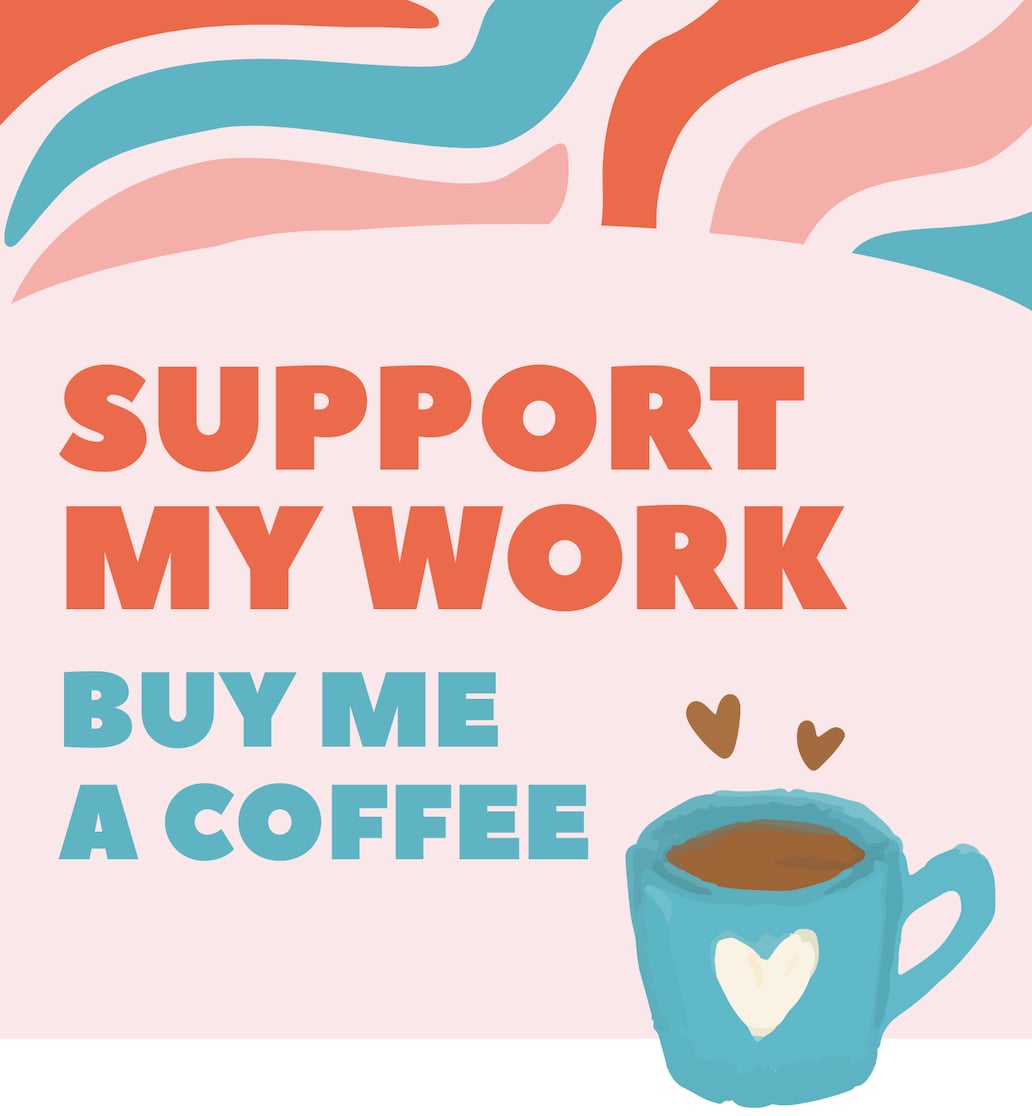Having a disability always sparks some curiosity from other people whether we have just met or have known each other for years. I’m used to people asking me questions and as my condition progresses, it means my needs and abilities are changing which leads to more questions and general curiosities. As a result, there are many things I do differently, but here are 5 things I do differently living with Muscular Dystrophy. I hope it gives a little insight into my life with a disability.
1. How I Sleep
My sleeping position has changed quite a bit over the years. When I was younger I was much more able to independently get in/out of bed, lie down, sit up, change my position and turn in bed.
Deterioration of my condition as well as numerous injuries including broken bones, torn knee and shoulder ligaments have all contributed to my loss of ability to do any of that now. As a result, I now sleep on my back by using a sleep system that consists of several pillows under my arms, legs and feet. Essentially the only part of my body that actually touches the bed is my back.
Our bed is a profiling bed so I can adjust the back and legs, raising them up or down depending on how I feel. It’s extremely comfortable though, so I can lie without the pillows for quite a while without feeling uncomfortable, but I love the support that pillows provide. The pillows prevent pressure sores and provide extra comfort for me.
I never know what the beds will be like in hotels so I always take my own self-inflating travel mat just in case the mattress is too hard. I also wear satin pyjamas because they are slippery, so it makes it easier to get in and out of bed and move around.
2. How I Transfer From My Wheelchair
Many wheelchair users have the ability to self-transfer to and from their wheelchairs. I used to be able to do that when I was younger until it became increasingly unsafe for me to do so due to frequent falls and muscle weakening.
Gradually, I needed more help, and my family would assist with manual lifting. Now I can’t stand unaided, and I’m unable to walk. This means I need someone to manually lift me in and out of my wheelchair, but I also use a Molift Quick Raiser which is a sit-to-stand hoist. There are similar standing hoists available like the Oxford stand aid hoist.

Read my full review of the Molift Quick Raiser:
A Quick Raiser Made Daily Hoist Transfers Easy & Safe | Molift Hoist Review
3. How I Take A Shower
Since I am unable to walk or independently transfer myself, I prefer showers to baths. Showers are much easier and more practical than struggling in and out of a bath. I am fortunate to have a wet room bathroom with a roll-in shower at home.
To shower, I sit in my shower chair which has wheels, backrest, armrests, and footplates. Essentially, it is a wheelchair shower chair. This allows me to be wheeled into the shower safely and without any difficulty.

4. How I Eat & Do My Make up
My arms are incredibly weak, and I’m unable to lift my arms. I lack any strength in my arms and hands, I need help with most tasks that involve even a little muscle power. As with most disabled people, I have found ways to adapt and get things done as independently as possible.
I have adopted the same technique for eating and doing my makeup. To do this I must be sitting at a table and I take my left arm across my body by resting it on the table. Then I place my left hand on my right elbow, forearm or wrist (depending on the height of the table and what I’m holding) and lever my arm up.
I eat and apply my makeup with one hand only, but I’ve found using my Ornamin plate helps with this and saves me chasing food around the plate with a fork as it’s easier to scope the food up. To outsiders, my technique of using my arms and movements may look a little strange or awkward, but it’s just the way I do things.

5. How I Cough With Weak Respiratory Muscles
Many people take coughing for granted. It is seen as a simple act for clearing your throat or when you have a bad cold or infection. However, Muscular Dystrophy not only affects my arms and legs, but it has also weakened my respiratory muscles. This means that my ability to produce an effective cough is drastically reduced with poor lung capacity and an increased risk of infection.
To help with this I use a cough assist machine which involves placing a mask over my mouth and nose. The machine then helps me take a deep breath, clear my airways, open up my lungs and cough. It’s a great piece of equipment.

These are just a few things I do differently living with Muscular Dystrophy and techniques I have used and adapted for years as my condition progresses. They may not work for others with Muscular Dystrophy, but I hope it provides insight into how I manage day-to-day and possibly help others in some way.
Please share your techniques and things you do differently living with Muscular Dystrophy or other disability by leaving a comment below. Help raise awareness of Muscular Dystrophy by sharing this with your friends and family.
5 Essential Things I Can’t Travel Without As A Wheelchair User
Scholl Makes Taking Care Of Your Nails Easy
Being In Hospital Ain’t Easy When You Have Muscular Dystrophy
My Identity And How My Disability Defines Me
What is Limb Girdle Muscular Dystrophy (and how does it affect me)?
Don’t miss a thing!
Follow me on Twitter | Facebook | Instagram | YouTube’ | Pinterest
Pin this post to read later

Sharing is caring!







17 Responses
Fantastic article Emma – thanks so much. I knew the stand hoist I am using is just not right anymore and yours is perfect. You have helped me enormously xo
Hi Leanne. Thanks for your comment. I’m so pleased you have found this post helpful and think this stand hoist would work better for you. What hoist do you currently use? Let me know if you have any questions at all 🙂
Emma, Iuse the Oxford Journey Hoist but the angle of elevation means that I am leaning over it and not upright at all now that my strength is deteriorating. The straps dig into my arms now as a result – I will trial yours though. It looks like it has a better angle of lift . Thanks again 🙂
Brilliant article Emma! I have CMT and am also wheelchair bound, i think your sit to stand thing is so cool 😀 What is your wet room like? I am always intrigued by other wet rooms! Also, tmi but i struggle to cough anything up/clear my throat when ill but they’ve never suggested anything :/ again, awesome!
Thank you so much Natasha. I’m super pleased you found this post helpful in regards to the hoist and the cough assist 🙂 You should definitely mention the cough assist machine to your consultant, specialist or nurse you see. Hopefully, they can help 🙂 My wet room is quite standard to be honest haha. I have my shower in the corner as I go into my bathroom then there is my sink on one side and then my toilet is a Geberit which is a wash and dry toilet 🙂 What is yours like? Thanks again!
Thankyou for this Emma.After the worst fall ever i am now having to use a wheelchair and trying to cope with this.I am also going to have to get a hoist because i find it so difficult using a slider board.I have Limb Girdle type 2b Muscular Dystrophy.
Thank you for commenting Shawneena. I’m so pleased this post was helpful for you. I hope you manage to get a hoist soon to help with transfers, it will make such a big difference for you. I have Limb Girdle type2D. Hope you’re having a great weekend 🙂
I haven’t read the whole article but I just HAD to comment on your sleep system with the pillows! It doesn’t look mad in any way and I can understand how hard it can be to get comfortable and snug – yes i love being snug as a bug too 🙂 – when you have chronic pain and weakness.
I’m so happy to read that it lets you sleep pain free.
Thank you so much for your comment Kathryn. I absolutely love being snug as a bug. I really don’t know what I’d do without my sleep system 🙂 I hope you have a cosy set up that keeps you comfortable and pain-free as much as possible.
Hi Emma. I am very lucky to have discovered your blog. I am 59 y/o with post polio syndrome. I use a cane to support me in my walking. I love travelling and your blogs inspire me. I am going to apply for a UK Visa today. If given, i shall keep in touch with you again for some practical advise as a disabled traveller.
Thank you and please take care.
Best regards!
Linda Garcia
Hi Linda. Thank you so much for your lovely comment. I’m really pleased you found my blog and I hope you find the posts helpful for when you start to travel. Please let me know if there is anything at all I can help you with and happy travelling 🙂 I hope you have a great weekend!
Hi Emma, I am Ning from Taiwan. I am so glad I found your blog! I discovered your blog a while ago when I searched for disabled travel information. I always wanted to leave comments but what makes me actually doing it is when I accidentally see this post about your everyday life with Muscular Dystrophy ! Being a MD patient, I found myself isolated from the society in my country ( I am from Taiwan). I don’t have much information about how MD patients can live fully as much as a normal people as we are not like the most handicapped people who can live an almost independent life and most people cannot understand why can’t I go to bathroom by myself. In Taiwan, not like the western country, people don’t care much about disabled people, not mention to have awareness of MD. Sadly.
So when I see your blog and realize you are MD patient like me, I am surprised how great and full life you live ( at least what you show on the blog), I wish I could live like you do 🙂
Here are some quick question about this post:
1. Can you transfer from wheelchair to toilet ( and toilet to wheelchair) or to bed using the raiser all by yourself? or someone has to operate for you? I have seen the video from the link you provide, transfer with this machine requires many steps.
2. Can you shower by yourself ? from taking off clothes to washing your hair, then to put on clothes.
3. Do you use the cough machine only when you need to cough, or using it daily to open up your lung? I have one too, but I don’t need to cough that much, I am lazy to use. I would like to know if it helps if you use daily.
4. Do you have difficulty breathing? do you use a Bipap machine? Because I do.
I wonder if you have any breathing problem while taking airplane. 🙂
5. Do you do any exercise at home or at hospital trying to slow down the process?
I think my situation is a like like yours! I also eat and do my make up like you do!!! I cannot eat without a table near my chest. I have never seen other people doing the same way and I also have very weak arms!! It is very difficult to raise my arm above the shoulder.
I hope you don’t mind me asking so many questions, as I find my condition similar to yours, I would really like to know how you manage to live a better life and see I can do the same to improve the quality of my life. 🙂
Emma – your information and photos on the Molift 1 are very helpful. I’m having a problem with needing to pee after about 7 hours asleep, but my body needs about 9-10 hours of sleep at night. How do you handle this at night or early morning and how do you manage bathroom needs when you’re in public places?
Hi Laura. Thank you so much for your comment – it’s lovely to hear from you. I’m so glad you found this post helpful along with the photos. I’m sorry to read that you are having some problems. Unfortunately, I’m not sure if I can answer your question as I’ve not experienced having to get up for the toilet during my sleep. Have you tried alternative methods such as a female urination device or something similar? At the moment I can be transferred manually onto the toilet in public places or use a ceiling track hoist in Changing Places if need be.
Thank you for sharing these things! I had never thought about weakening of internal muscles and how coughing might be affected. It’s very cool to learn about all of the equipment and tools that are available to help you! My son has cerebral palsy and I have learned a lot from you about ways to help him as he grows. Thank you!
Hi Brianna. Thank you so much for your lovely comment. I am delighted you have learned things from reading my blog posts and are able to pass that on to your son as he grows up. I appreciate you letting me know as it means a lot. Thank you. I hope you are both well and have a fantastic weekend when it comes 🙂
Hi….not sure if Ok to let folk know here but we are adding to our equipment list at The Rings, Fife…collecting a very good condition stand aid hoist tomorrow…also 20% off available dates from now to the end of February.